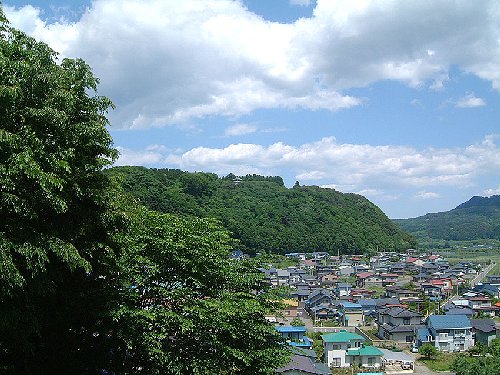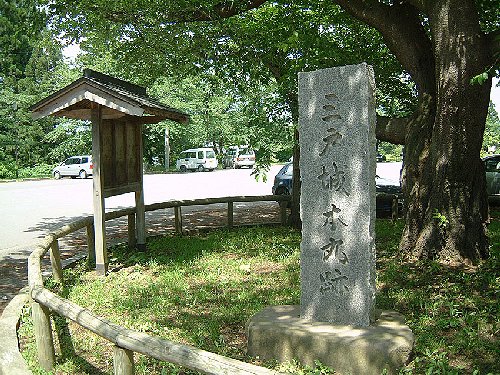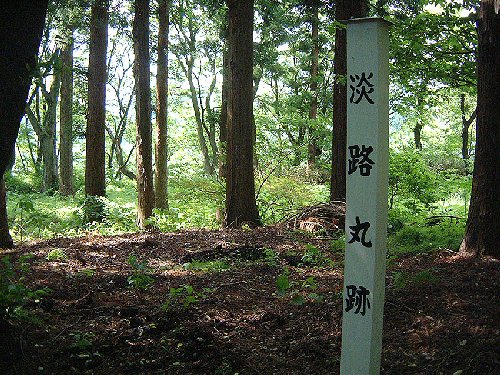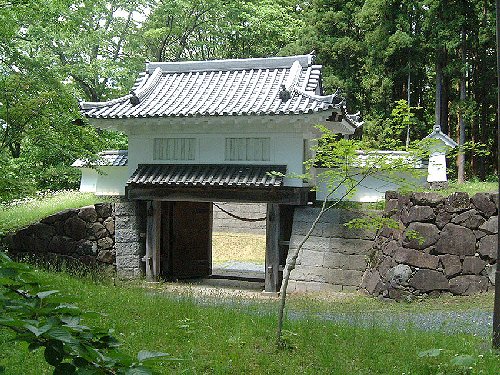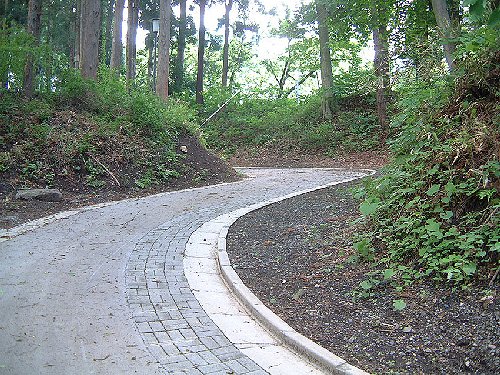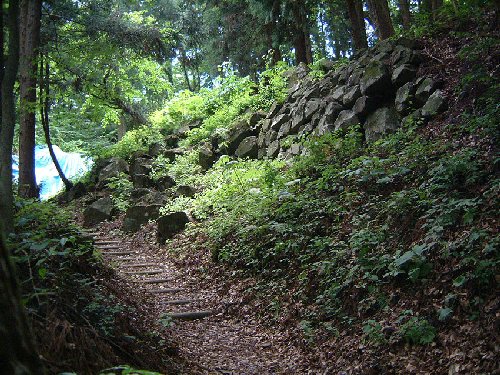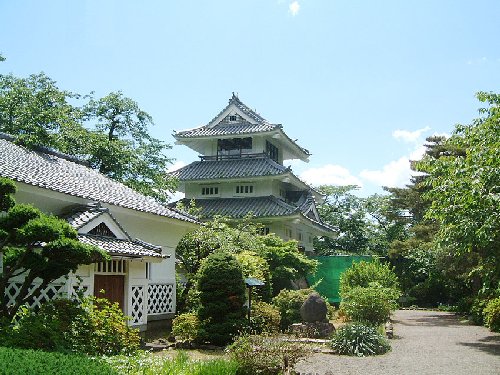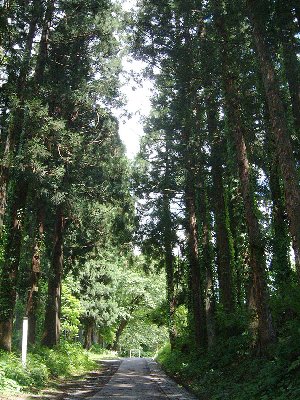place
Mito-cho, Aomori Prefecture
Current name
Shiroyama Park
Terrain and remains
It is a mountain castle built on a hill about 120 meters above sea level. The Mabuchi River flows to the east, the Kumabara River flows to the west, and it is located at the junction of the cliff, Rumegasaki. The Tsunaomimon Gate, which is in front of the castle, and the stone wall around the blacksmith's gate at the back are left. Also in recent years, the Tsunagami Gate has been restored. The former gate of the town's cultural property designation has been relocated to the Ryukoku-ji Temple in the town, and the former Kamen Gate (Karamemon) has also been relocated to the Hosen-ji Temple.
history
Santo Castle is a mountain castle built by Mr. Nansei, Mr. Haruma (Harumasa), and it was Ijo, Hon Sanchijo Castle (Shoju Temple (Shojuji Tate), Aomori Prefecture South in the year of Astronomer 8) (1539) The new castle built in Rugasaki during the Edo period (1558 to 70) is the current Sannojo Castle, where the castle was destroyed by arson by the vassal of the vassal. Rumagasaki is a hilly area located in the central area of the Sanbe basin, the Kumabara River in the north and the marshland in the south.
The castle was developed in earnest as the Nobuna Morioka Mazu in the 26th century, when the Sakai government office, the palace, the three-tiered moat (Yagura), etc. were built, and Tensei 19 (1591) Masato Kudo (Kuno Hesasane) after the war, Toyotomi Hideyoshi encased three counties such as Waga and sealed 100 thousand stones, taking this opportunity to move the castle to Kuchinohe (Fukuoka) castle, and to his brother, Masanobu in Mito castle (Masanobu) set. When Nanuki's residence was moved to Morioka, the castle was placed in Sannoido Castle, and later a deputy official was placed, but it was left for a long time without being destroyed.
In the Shosei period, small high mountains where samurai residences such as the main circle were lined up were designated as prefectural parks in 1959, and have reached to the present day. Many ruins are preserved after 800 years since the birth of Mr. Nanbu, and many shrines in the southern part Saburo Mitsuyuki (Nanbu Saburo Mitsuyuki) are inscribed in the Shinobe Shrine (Nukanobujinja), Sannojo Honmaru no Kakuen The warmth building which has been restored (Sumiyamagura) and has become a museum, and about 1,600 cherry blossoms are the highlight.
traffic
It is approximately five minutes by car from Sancho-cho government office

